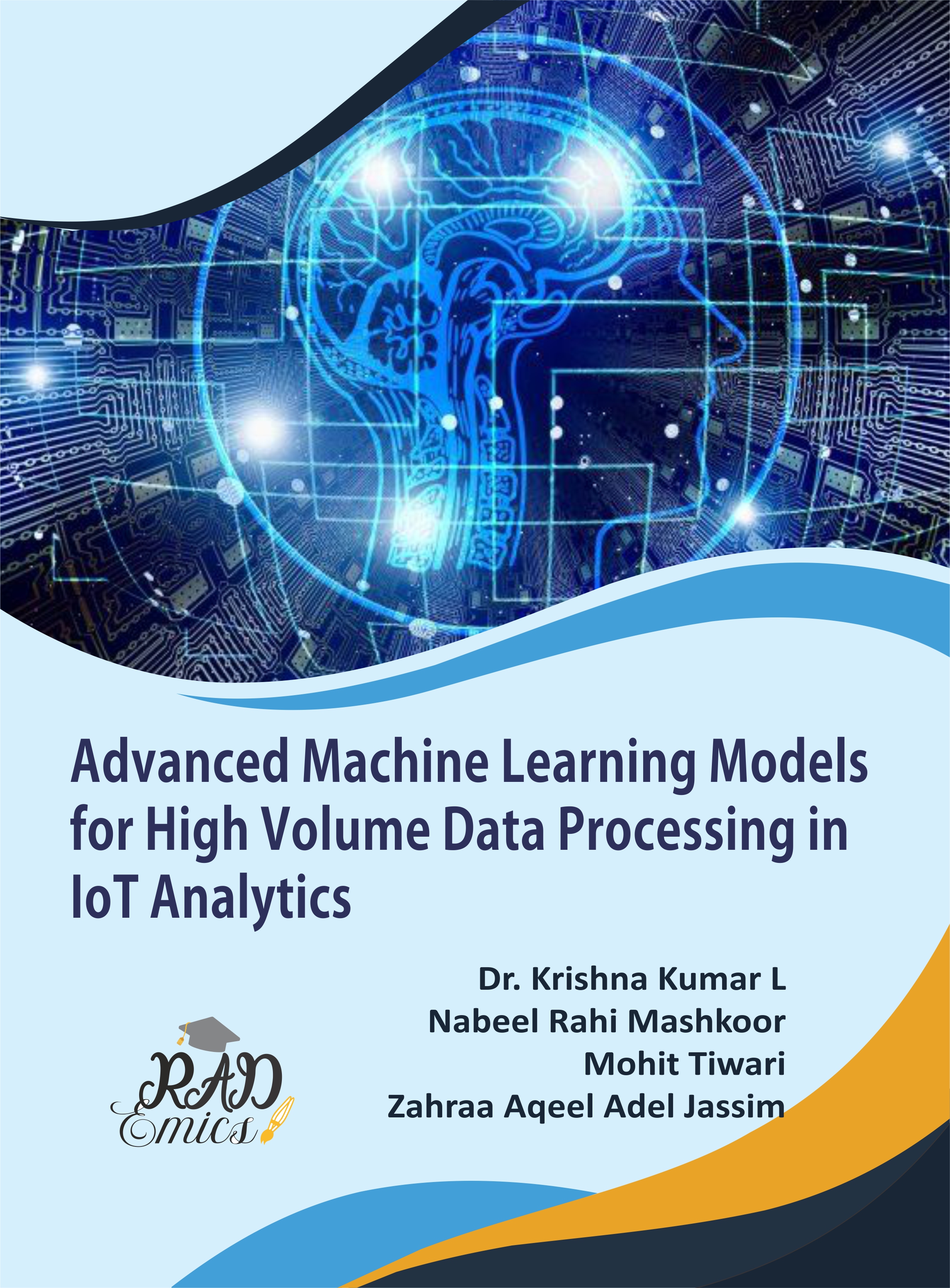
Abstract
The rapid expansion of IOT technologies has introduced unprecedented volumes and varieties of data, necessitating advanced analytical techniques to harness this information effectively. Transfer learning and domain adaptation have emerged as pivotal strategies for improving model performance across diverse IoT environments. This chapter explores the implementation of these techniques within IoT analytics, focusing on the fundamental principles, key methodologies, and practical challenges associated with their application. It delves into evaluation metrics essential for assessing model efficacy, including cross-validation, scalability, and energy efficiency. Furthermore, the chapter addresses critical research gaps such as handling data heterogeneity, adapting to unseen domain shifts, and ensuring long-term model adaptation. By providing a comprehensive overview and addressing the latest advancements, this work offers valuable insights for researchers and practitioners aiming to enhance IoT analytics through innovative machine learning approaches.
Introduction
The IOT represents a transformative shift in technology, where billions of interconnected devices generate vast amounts of data across diverse environments [1-4]. This proliferation of IoT devices introduces significant challenges in data management, analytics, and actionable insights [5,6]. Traditional data processing and machine learning approaches often struggle to handle the scale, variety, and velocity of IoT data effectively [7]. Consequently, advanced techniques such as transfer learning and domain adaptation have become essential for leveraging this data to improve decision-making and system performance [8,9].
Transfer learning has emerged as a powerful technique in machine learning that enables models to leverage knowledge gained from one domain to improve performance in another [10]. This approach was particularly valuable in IoT contexts, where the data collected from different devices or environments can exhibit significant variability [11]. By transferring knowledge from a related domain, transfer learning facilitates the adaptation of models to new and diverse IoT scenarios with minimal retraining [12]. This capability was crucial for applications where data from new sensors or operational conditions must be integrated seamlessly [13,14].